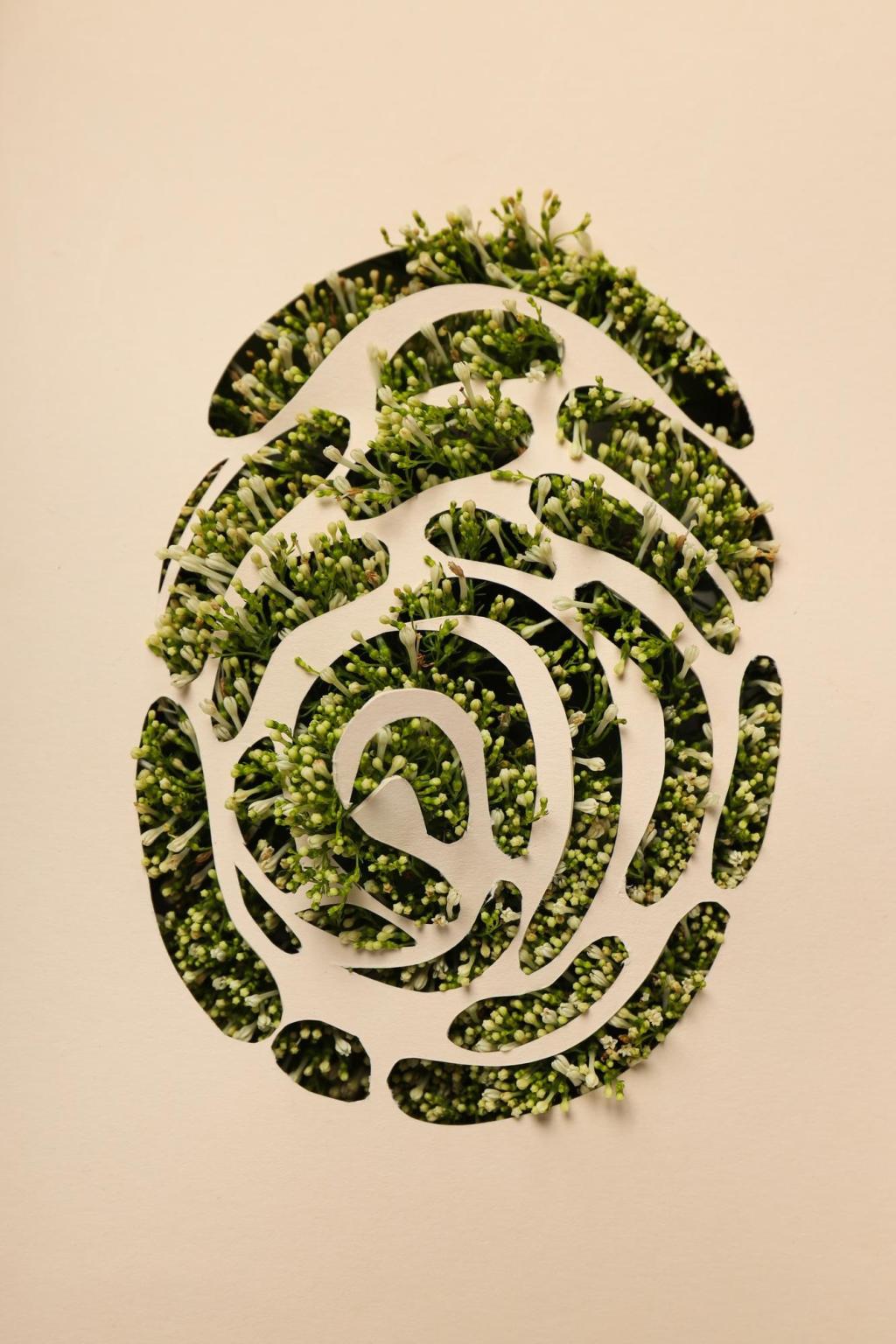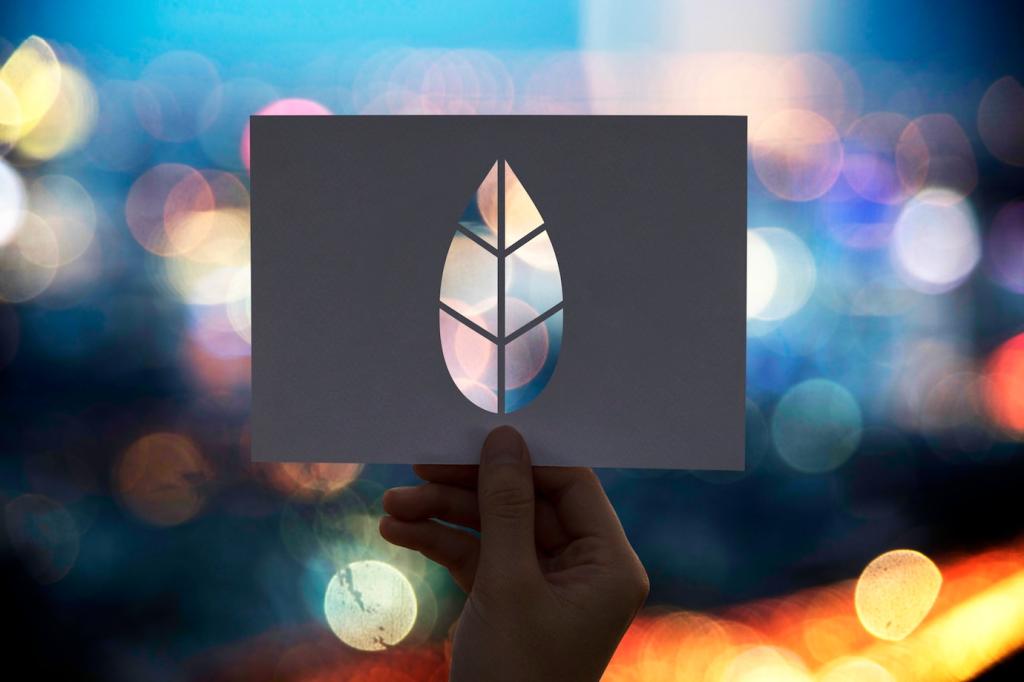
Eco-Friendly Interior Design with Upcycled Pieces
Embracing eco-friendly interior design with upcycled pieces offers a unique opportunity to create sustainable, stylish spaces that reflect your values and personality. By reimagining and repurposing existing materials, this approach not only helps reduce environmental impact but also results in distinctive interiors full of character and charm. Learn how upcycled furnishings and decor can transform your home into a sustainable sanctuary, all while treading lightly on the planet.

Transforming Old Materials into Statement Pieces
Turning outdated or discarded items into stunning focal points is a hallmark of upcycled interior design. By carefully selecting and reworking materials like reclaimed wood, vintage metal, or unused textiles, designers can craft tables, shelving, or lighting that tell a story. The process often involves imaginative thinking and skilled craftsmanship, resulting in one-of-a-kind pieces that celebrate history and innovation simultaneously. These statement elements often become talking points in any room, reflecting both the resourcefulness and the individual style of the homeowner.

Sustainability at the Heart of Every Choice
Sustainable interior design is rooted in an understanding of material life cycles and the impact of our purchasing decisions. Upcycling puts this understanding into practice, emphasizing the longevity and reusability of materials. Instead of consuming new resources, upcycled pieces minimize carbon footprints and often reduce the need for additional manufacturing processes. By prioritizing upcycling, homeowners make a conscious decision to support responsible consumption, leading to spaces that are not only beautiful but also aligned with a larger commitment to protecting the planet.

Preserving Craftsmanship and Heritage
Many upcycled pieces highlight traditional techniques or revive forgotten crafts, adding layers of depth and narrative to interior spaces. Whether it’s restoring a mid-century chair with modern fabrics or transforming antique doors into headboards, these projects honor the original workmanship while infusing new life into timeworn materials. This preservation of craft ensures that skills and stories are not lost, fostering a deeper appreciation for quality, heritage, and the shared history channeled through both past and present design.
Benefits of Upcycled Interior Elements
Reducing Waste and Environmental Impact
By incorporating upcycled materials into interior schemes, homeowners directly contribute to the reduction of landfill waste. Every salvaged plank or repurposed fixture is one less item polluting the environment. The practice limits the demand for virgin materials and lessens the overall strain on natural resources. Through thoughtful upcycling, it’s possible to create luxurious interiors that remain sensitive to the environmental challenges posed by overconsumption and waste, ensuring that beauty and sustainability walk hand in hand.
Economic Savings and Investment Value
Upcycled design is often associated with cost savings compared to purchasing new, high-end furnishings. Many upcycled creations are made from affordable or even free materials, enabling resourceful homeowners to achieve high style on a budget. Moreover, uniquely crafted upcycled items can appreciate in value, especially if they incorporate rare or vintage elements skillfully reimagined. This adds an investment dimension to eco-friendly decor, demonstrating that mindful design choices can deliver long-term economic returns.
Personalization and Uniqueness
One of the standout attractions of upcycled interiors is the unrivaled level of personalization they offer. No two upcycled items are exactly alike, granting every room an exclusive character. By integrating objects that have been creatively repurposed, homeowners can infuse their spaces with personal stories, tastes, and creative flair. This commitment to originality ensures that interiors are far from generic—instead, they are a true reflection of the individuals who inhabit them and the stories they wish to tell.

